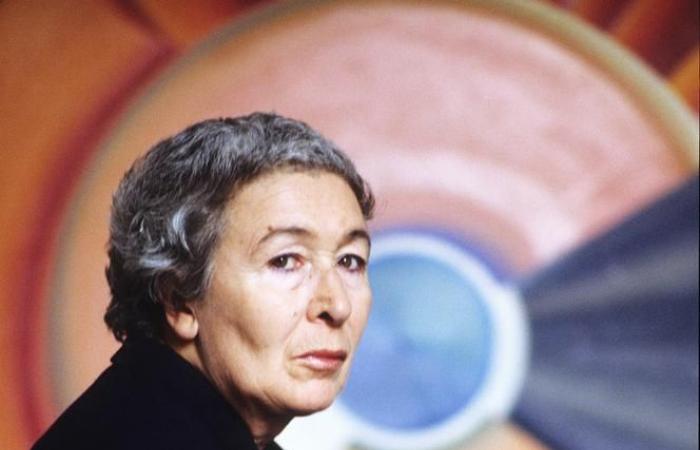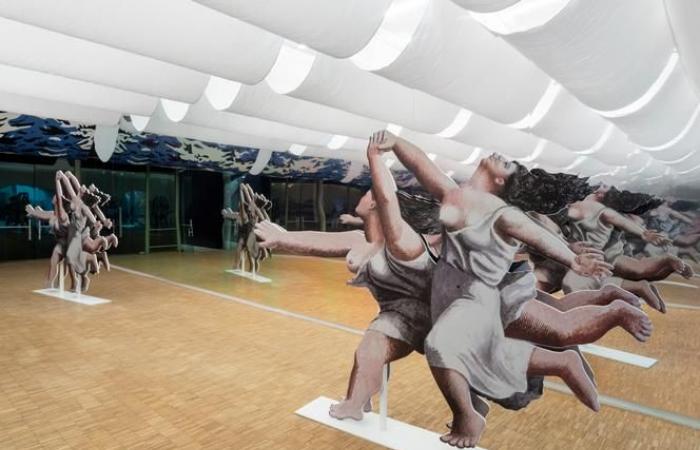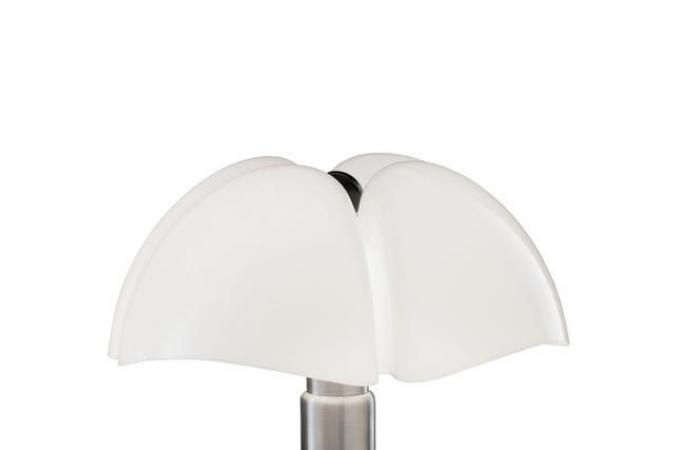Famous in the 1980s in France for the transformation of the Orsay station into a Parisian museum and, in Italy, of the Palazzo Grassi in Venice into an exhibition gallery, this great lady of Italian architecture and design has died twelve years ago, relatively unknown. Here it is rehabilitated by an exhibition at the Milan Triennale, in Italy, which, under the title “Gae Aulenti (1927-2012)”, on view until January 12, 2025, is intended to be the first large-scale monograph reserved for this pioneering architect.
Born in Palazzolo dello Stella, in the north-east of Italy, and graduated from the Polytechnic School of Milan in 1954, Gae Aulenti triumphed there, in these same places, by receiving in 1964 a grand architecture prize formerly reserved for men. It was also at the Milan Triennale that his career ended, with the gold medal for his work in 2012.
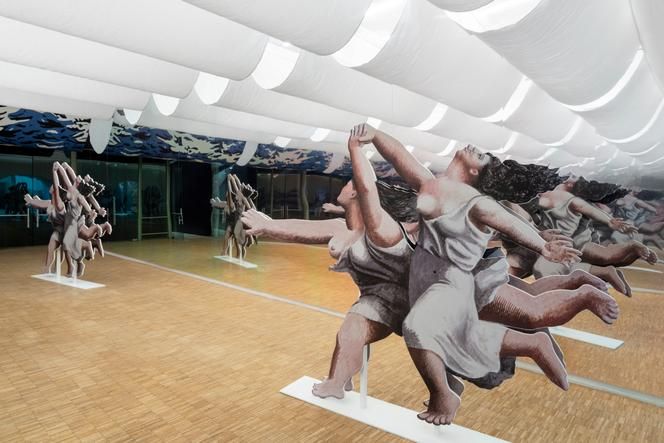

The Milanese exhibition – under the leadership of his granddaughter Nina Artioli, director of the Gae Aulenti Archives – features life-size reconstructions of his layout of public spaces. It begins with the reconstruction of the installation which allowed it to shine at the Triennale in its early days: Arrival at the sea (1964), an enthusiastic flock of bathers drawn by Picasso reflected in mirrors. And ends with a portion of the small San Francesco airport in Peru (2007-2011), in an almost vermilion red that she particularly liked.
“La Gae”, as she was called in Italy, had also been an editor for the design magazine Casabella from 1955 to 1965 and winner in 1991 of the Praemium Imperiale prize, the “Nobel of the arts” in Japan – awarded to Sophie Calle in 2024. Return, on the occasion of this retrospective, to another part of her protean talent: design , through a selection of avant-garde objects, some of which have recently been reissued by fashion labels such as Jacquemus or Gucci.
The bat lamp
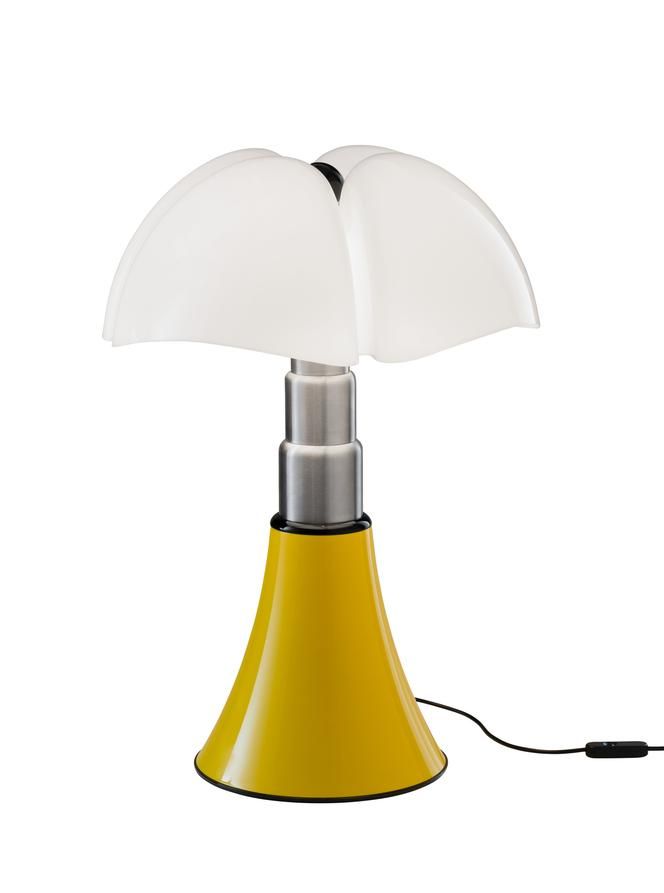

It owes its name to the wings of a bat (batin Italian) which inspired his lampshade, but this did not bode well for his phenomenal career. Gae Aulenti designed it in 1965 for the Olivetti offices, in order to best illuminate typists: with intense but soft light and a telescopic foot capable of going from 66 to 86 centimeters.
Since then, the Italian Martinelli Luce has published it continuously, varying the formats – small and medium – and the colors: red in 2010, gold in 2015 and, this year, a yellow highlighted with black. This instantly recognizable lamp continues to be, almost sixty years after its creation, an icon. And to sit at the entrance to the Musée d'Orsay.
You have 54.85% of this article left to read. The rest is reserved for subscribers.


